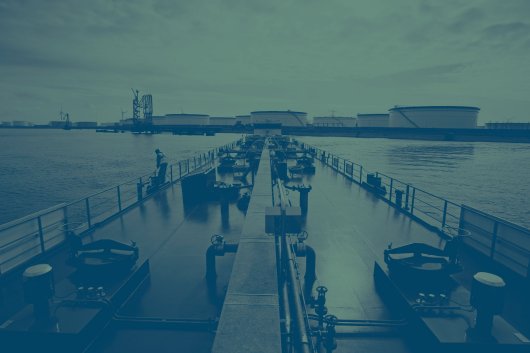Nanotech paper sops up bunker spills
Scientists develop groundbreaking nanowire mesh that can absorb up to 20 times its weight in oil.
A mat of nanowires with the touch and feel of paper could be an important new tool in the cleanup of bunker spills according to the latest research carried out by a group of US scientists.
Researchers at the Massachusetts Institute of Technology say they have created a membrane that can absorb up to 20 times its weight in oil, and can be recycled many times for future use. The oil itself can also be recovered. Some 200,000 tons of oil have already been spilled at sea since the start of the decade.
"What we found is that we can make 'paper' from an interwoven mesh of nanowires that is able to selectively absorb hydrophobic liquids - oil-like liquids - from water," said Francesco Stellacci, an associate professor in the Department of Materials Science and Engineering and leader of the work.
Stellacci explained that there are other materials that can absorb oils from water, "but their selectivity is not as high as ours." In other words, conventional materials still absorb some water, making them less efficient at capturing the contaminant.
The new material appears to be completely impervious to water. "Our material can be left in water a month or two, and when you take it out it's still dry," Stellacci said. "But at the same time, if that water contains some hydrophobic contaminants, they will get absorbed."
Made of potassium manganese oxide, the nanowires are stable at high temperatures. As a result, oil within a loaded membrane can be removed by heating above the boiling point of oil. The oil evaporates, and can be condensed back into a liquid. The membrane - and oil - can be used again.
Two key properties make the system work. First, the nanowires form a spaghetti-like mat with many tiny pores that make for good capillarity, or the ability to absorb liquids. Second, a water-repelling coating keeps water from penetrating into the membrane. Oil, however, isn't affected, and seeps into the membrane.
The membrane is created by the same general technique as its low-tech cousin, paper. "We make a suspension of nanowires, like a suspension of cellulose [the key component of paper], dry it on a non-sticking plate, and we get pretty much the same results," Stellacci said.
In a commentary accompanying the scientists' report published in Nature Nanotechnology, Joerg Lahann of the University of Michigan concluded: "Stellacci and co-workers have provided an example of a nanomaterial that has been rationally designed to address a major environmental challenge."
Researchers at the Massachusetts Institute of Technology say they have created a membrane that can absorb up to 20 times its weight in oil, and can be recycled many times for future use. The oil itself can also be recovered. Some 200,000 tons of oil have already been spilled at sea since the start of the decade.
"What we found is that we can make 'paper' from an interwoven mesh of nanowires that is able to selectively absorb hydrophobic liquids - oil-like liquids - from water," said Francesco Stellacci, an associate professor in the Department of Materials Science and Engineering and leader of the work.
Stellacci explained that there are other materials that can absorb oils from water, "but their selectivity is not as high as ours." In other words, conventional materials still absorb some water, making them less efficient at capturing the contaminant.
The new material appears to be completely impervious to water. "Our material can be left in water a month or two, and when you take it out it's still dry," Stellacci said. "But at the same time, if that water contains some hydrophobic contaminants, they will get absorbed."
Made of potassium manganese oxide, the nanowires are stable at high temperatures. As a result, oil within a loaded membrane can be removed by heating above the boiling point of oil. The oil evaporates, and can be condensed back into a liquid. The membrane - and oil - can be used again.
Two key properties make the system work. First, the nanowires form a spaghetti-like mat with many tiny pores that make for good capillarity, or the ability to absorb liquids. Second, a water-repelling coating keeps water from penetrating into the membrane. Oil, however, isn't affected, and seeps into the membrane.
The membrane is created by the same general technique as its low-tech cousin, paper. "We make a suspension of nanowires, like a suspension of cellulose [the key component of paper], dry it on a non-sticking plate, and we get pretty much the same results," Stellacci said.
In a commentary accompanying the scientists' report published in Nature Nanotechnology, Joerg Lahann of the University of Michigan concluded: "Stellacci and co-workers have provided an example of a nanomaterial that has been rationally designed to address a major environmental challenge."
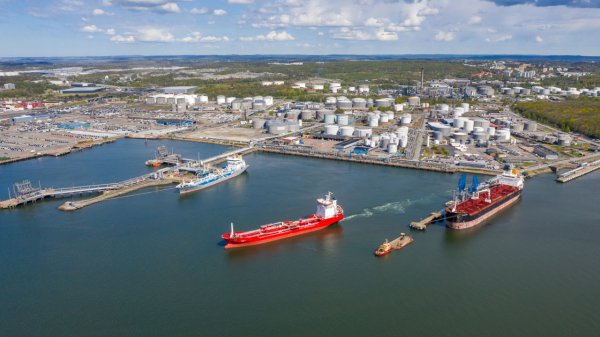
|
Swedish biomethane bunkered in Gothenburg
Test delivery performed by St1 and St1 Biokraft, who aim to become large-scale suppliers. |
|
|
|
||
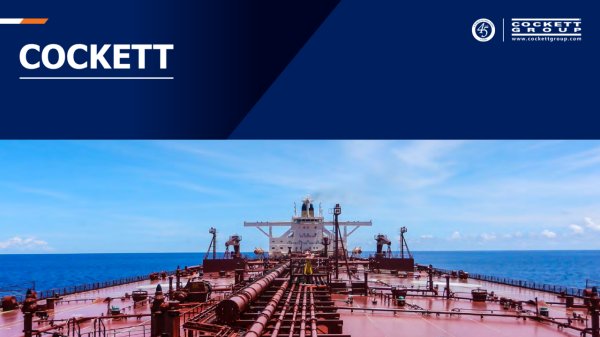
|
Cockett to be closed down after 45 years
End of an era as shareholders make decision based on 'non-core nature' of Cockett's business. |
|
|
|
||
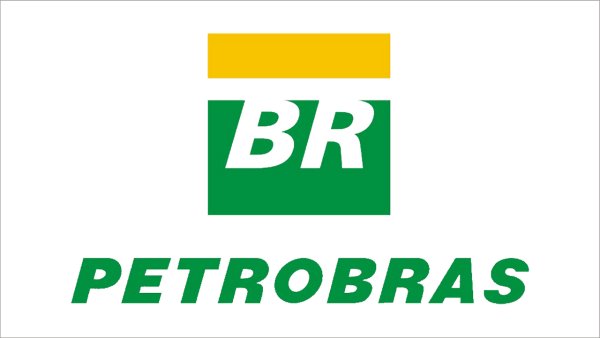
|
Petrobras confirms prompt availability of VLS B24 at Rio Grande
Lead time for barge deliveries currently five days. |
|
|
|
||
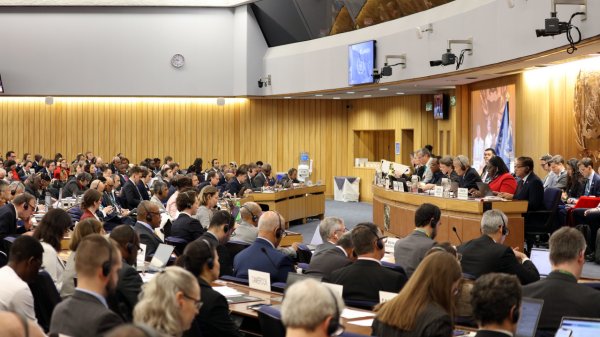
|
IMO approves pricing mechanism based on GHG intensity thresholds
Charges to be levied on ships that do not meet yearly GHG fuel intensity reduction targets. |
|
|
|
||
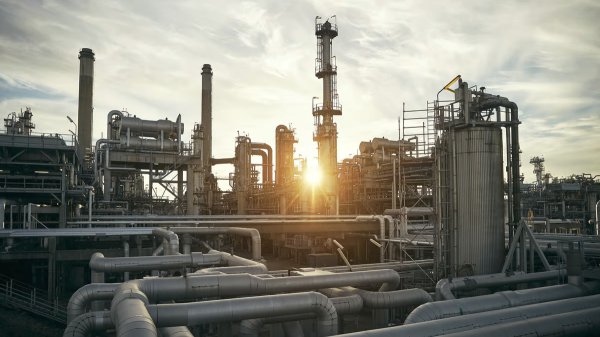
|
VARO Energy expands renewable portfolio with Preem acquisition
All-cash transaction expected to complete in the latter half of 2025. |
|
|
|
||
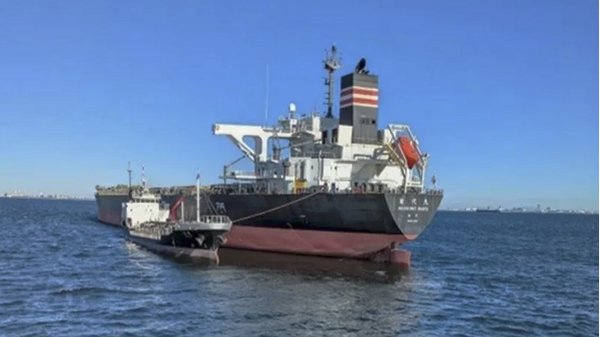
|
NYK trials biofuel in milestone coal carrier test
Vessel is used to test biofuel for domestic utility company. |
|
|
|
||
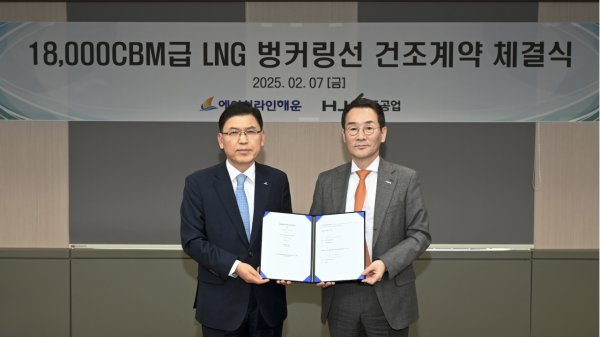
|
H-Line Shipping orders LNG bunkering vessel
Vessel with 18,000-cbm capacity to run on both LNG and MDO. |
|
|
|
||
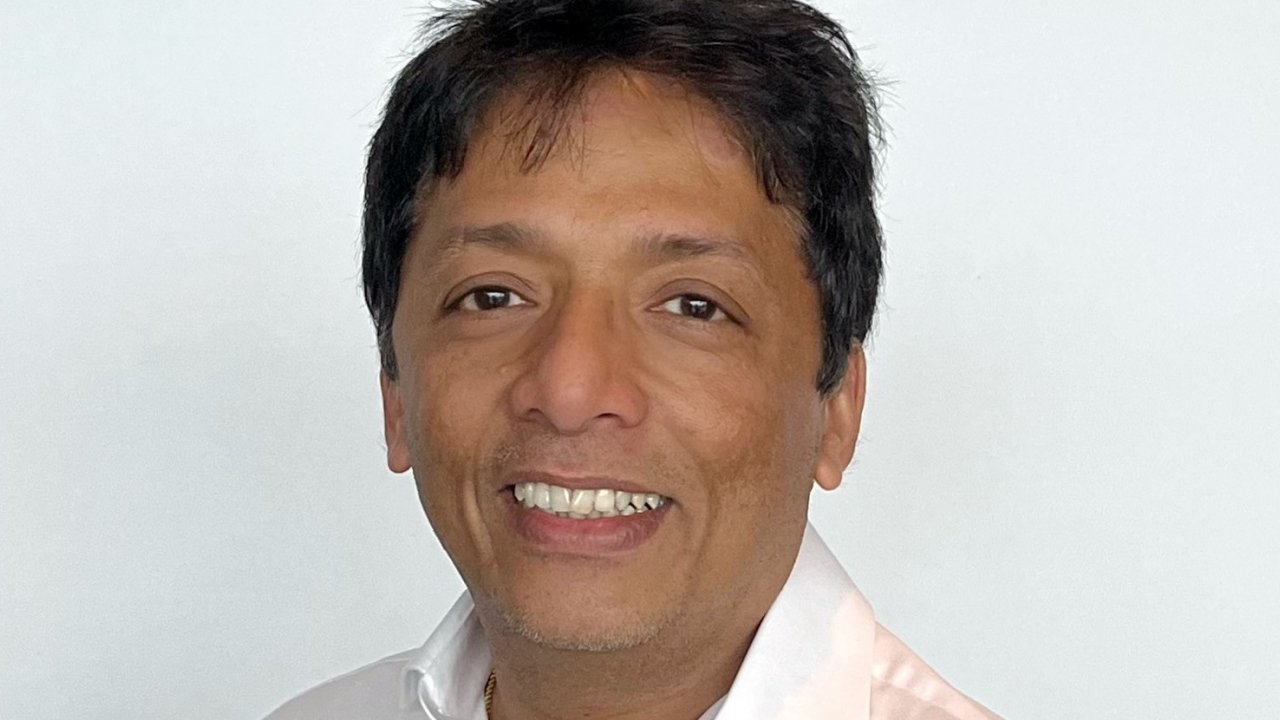
|
How to engineer and manage green shipping fuels | Stanley George, VPS
Effective management strategies and insights for evolving fuel use. |
|
|
|
||
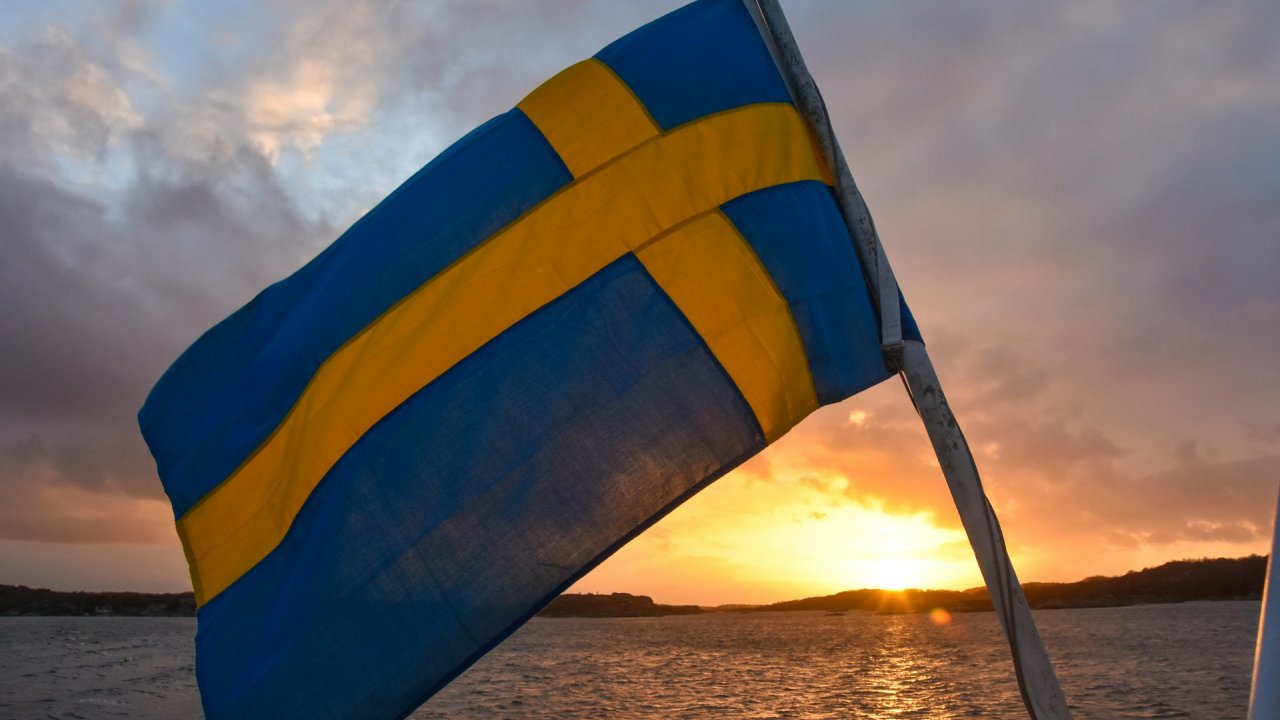
|
Swedish government bans scrubber wastewater discharges
Discharges from open-loop scrubbers to be prohibited in Swedish waters from July 2025. |
|
|
|
||
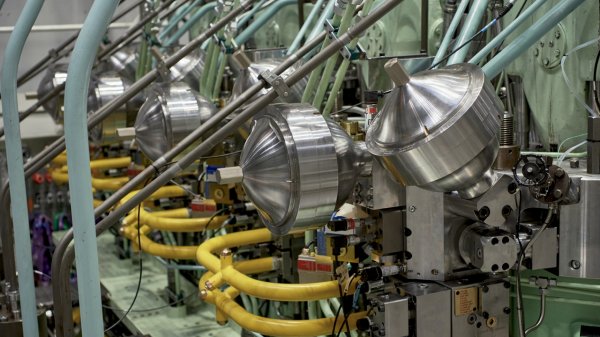
|
MAN Energy Solutions achieves 100% load milestone for ammonia engine
Latest tests validate fuel injection system throughout the entire load curve. |
|
|
|
||
Related Links
- · 60 dead penguins found after bunker spill [Insights]
- · Bunker spill off Montevideo [Insights]
- · EMSA adds oil spill recovery vessel [Insights]
- · United States [Directory]

